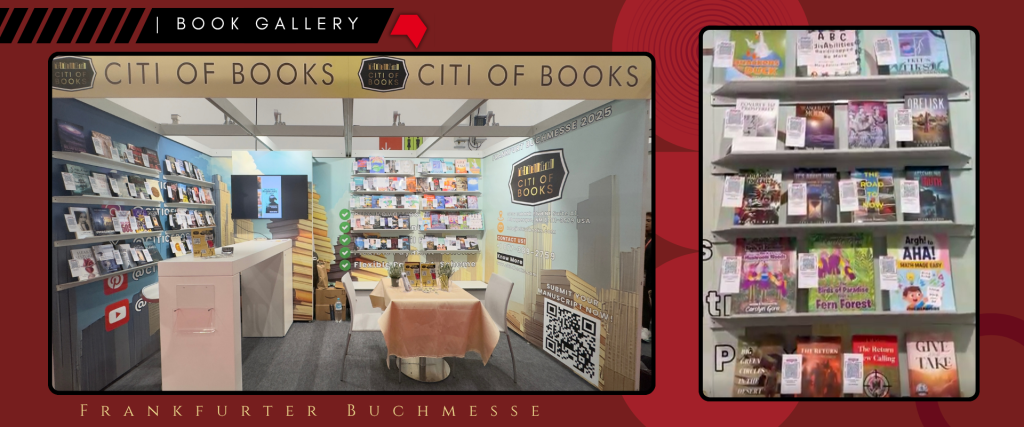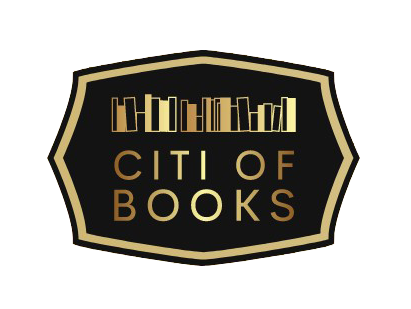
The world’s largest book fair, Frankfurter Buchmesse, once again opened its doors from October 15–19, 2025, in Frankfurt, Germany—welcoming dreamers, storytellers, and innovators from across the globe. Known as the beating heart of the publishing world, this grand event gathers more than 7,500 exhibitors from over 100 countries, with an expected 280,000 attendees and 10,000 media professionals. It’s not just a fair—it’s a global celebration of literature, culture, and creativity.
This year’s fair raises the bar even higher, offering more than 4,000 seminars and roundtable discussions that spotlight the evolving future of books and storytelling. From bold new voices to literary legends, the Frankfurt Book Fair 2025 remains the ultimate hub for discovering stories that inspire, unite, and challenge perspectives.
Adding a splash of cultural pride, this year’s Guest of Honour—Philippines—brings its vibrant literary tradition and storytelling heritage to the world stage. With colorful themes of faith, family, and identity, the Philippines’ participation breathes new life into this year’s fair, reminding everyone that imagination knows no borders.
As the fair celebrates another successful year of bringing together the brightest minds in publishing, Citi of Books proudly joins the festivities at the 77th Frankfurter Buchmesse, showcasing inspiring titles from its talented authors. Among the featured works in the Book Gallery is “Big Green Circles in the Desert: My Work on the Kufrah-Sarir Agricultural Project in Libya” by James Cobb— a captivating memoir that takes readers deep into the heat, dust, and drama of the 1970s Middle East and North Africa. Told through the eyes of a young American geologist—the author himself.
James C. Cobb’s “Big Green Circles in the Desert” follows Cobb’s remarkable journey from the calm of academic life in Illinois to the turbulence of a Cold War-era agricultural experiment in Libya. Blending the thrill of adventure with sharp political and cultural insight, Cobb recounts his experiences working on an ambitious project designed to grow crops—most notably alfalfa—right in the heart of the Sahara Desert. The “big green circles” of the title refer to the vast, circular irrigation systems visible even from space, a testament to human ingenuity and the audacity of development in one of the harshest places on Earth.

The story begins in Beirut in 1974, where Cobb accepts a position with Foster & Associates, a geophysical consulting firm. Through vivid, often humorous observations, he paints a portrait of Beirut’s golden age—a city both modern and volatile, brimming with charm yet teetering on the edge of sectarian conflict. Cobb’s anecdotes capture encounters with CIA legacies, PLO militants, and colorful expatriates, offering a time capsule of a world about to unravel as Lebanon slides toward civil war. His transfer to Libya soon after thrusts him into another complex landscape—one ruled by Colonel Muammar Qaddafi, where geopolitics, science, and survival collide.
Some of the memoir’s most intense moments occur when Cobb and his driver lose their way during a desert crossing, finding themselves stranded without food or water. His account of this ordeal is both harrowing and deeply human, revealing the razor-thin line between adventure and catastrophe. Once safely at the Kufrah–Sarir project site, Cobb immerses himself in the technical and cultural challenges of desert life, working alongside teams from Yugoslavia, Pakistan, and Libya. Through sandstorms, bureaucratic red tape, and long nights under an endless desert sky, he finds both hardship and camaraderie.
Yet, beyond the science and survival, “Big Green Circles in the Desert” is a story of awakening—of seeing the world in all its complexity. Cobb reflects on cultural divides, political hypocrisy, and the resilience of ordinary people amid global power struggles. His time in Libya unfolds against a backdrop of international tension, from the closing of the U.S. embassy to U.N. inspections and Qaddafi’s growing influence.
The memoir closes on a reflective note as Cobb leaves Libya, reunites with his future wife, and considers how his time in the desert shaped his view of humanity and progress. The epilogue ties his story to Libya’s later Great Man-Made River Project, a real-world continuation of the same aquifer system he once studied. Altogether, “Big Green Circles in the Desert” is more than a memoir—it’s a thoughtful blend of travel writing, science, and personal growth that captures both the spirit of exploration and the complexity of working at the crossroads of culture, politics, and survival.
Purchase the book through this link: https://citiofbooks.com/bookstore/historical/big-green-circles-in-the-desert-my-work-on-the-kufrah-sarir-agricultural-project-in-libya/

